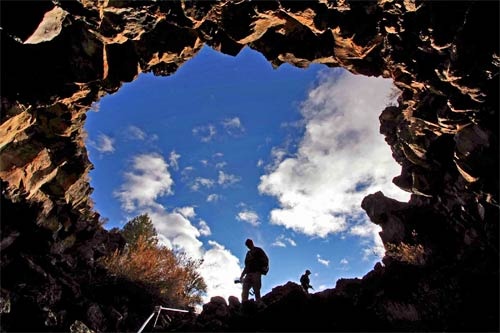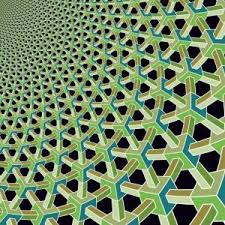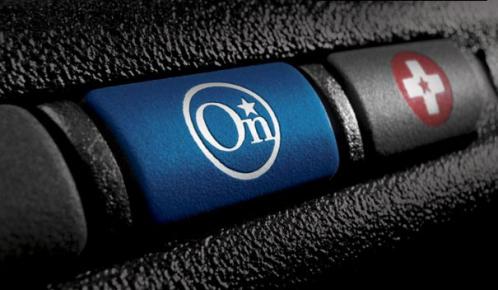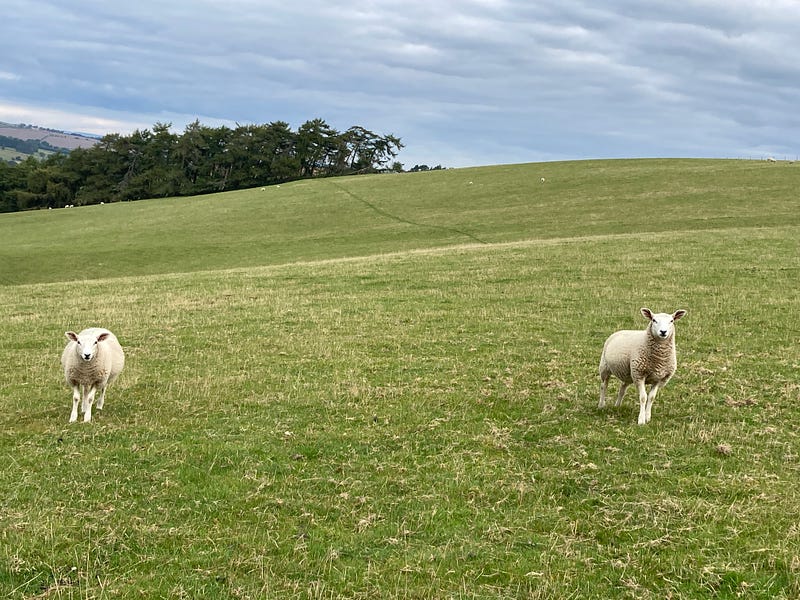
It’s been quite a spell since I last posted, which means you have all forgotten about me and I have nothing to say. Kidding. I just needed a break, which luckily included some chill time and nearly a month in the UK, one of my favorite places to visit. I participated in two fringe conferences, visited with friends and colleagues, did some magic, watched (part of) a nation mourn, and spent a week walking solo through the Welsh marches. Not that you want my holiday snaps, but here are a few of my friends, old and new:


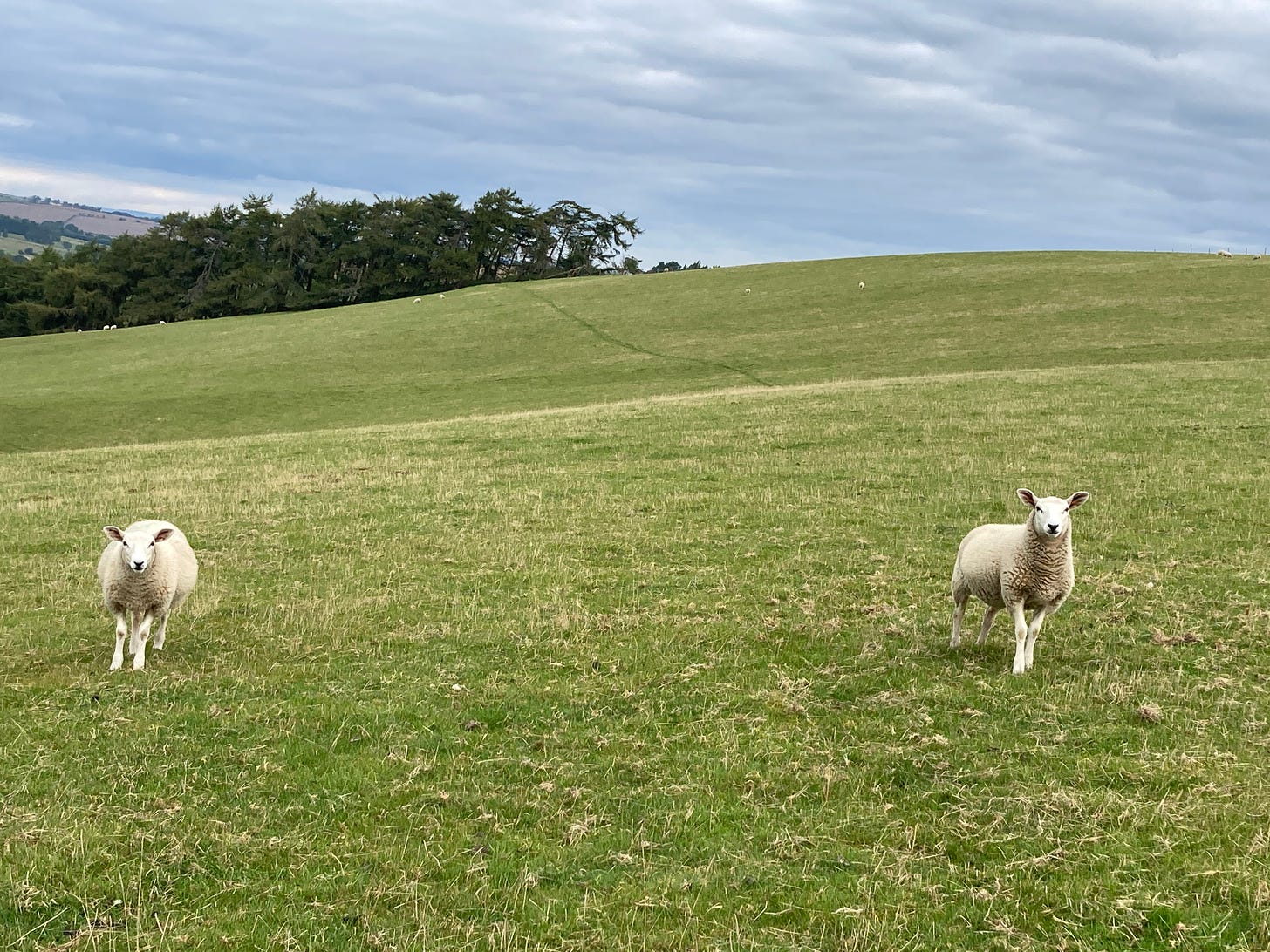
I was a bit concerned about catching the Rona, but I made it through three weeks of pubs, restaurants, and aggressively non-masking tube stations before succombing at the end of the trip at an exclusive DMT conference up in Yorkshire, which meant that October was largely sacrificed to the mire. Oh well.
Throughout it all, I sorta missed Burning Shore and the fun of communicating with fans and readers, and just seeing what sort of curiosities congealed from my brain when I sat down to write. But the break did make me realize how much time I had been pouring into my posts here, and how the creative possibilities of this mailing list were constrained by the particular sensibility of this particular platform. When Substack sent me emails reminding me of how long it had been since I last posted, or announcing that I was a “Substack Bestseller” (more than 100 paid subscribers), I could distinctly hear the desperate squeals of hamsters at the wheel.
Looking forward towards all the projects I want to pursue, both personal and professional, one this is clear: Burning Shore will not disappear, but the rhythm will change, as it settles into a more standard newsletter. I will endeavor to post one of these News & Notes mailing a month, which will hopefully wander as well to some interesting place. Everything else that I wind up serving up will be gravy, for me as much as for you, because anything else that appears will be an act of love or obsession rather than obligation. Thanks to all my supporters through the last few years, but don’t worry: I won’t turn the paid subscriptions back on. The only way I will take money for this thang going forward is through the tip jar at the end of the post.
Watching
Heads author and Burning Shore pal Jesse Jarnow recently alerted me to “California 2000”, a documentary on California shot by the BBC and broadcast in 1966. The focus of the piece is the state’s future culture, and like photographer Dennis Stock’s amazing book California Trip — which I reviewed for an early Burning Shore — the 45-minute documentary revels in the gaudy contrasts of a novelty zone bursting at the seams: computer nerds and life extension, “uncouth” robots and garden cornucopias, Linus Pauling and the Grateful Dead, surfers and defense budgets — forty percent of which, we are told, went to California at the time.
The documentary’s tone is profoundly “othering”, an exoticizing at once silly and essentially justified. The “far west” was and is a savage land of future shock and cultural mutation, and now that Other is us all. The documentary’s specific predictions for the year 2000 are less the point than the continuities (and contradictions) in rhetoric and hype between then and now. The most resonant juxtaposition, however, derives from social inequity: a little white girl in a robotic “walking chair” inspired by moon-roving technology is set against footage of an impoverished Mexican dude, cranking his wheelchair along in the old fashioned way — another precariat in California’s blank SciFi sun. Same as it ever was.
The documentary came out a year before I was born, and it reminded me how much this particular culture shaped my own upbringing, which in turn informed my lifelong fascination with Pynchonian techgnosis. My father Russ E. Davis, who died earlier this summer, was a Berkeley and Stanford engineering grad who spent an illustrious career at Scripps Institution of Oceanography in San Diego, where he designed and implemented the first submersible array of autonomous sensor vehicles designed to measure the ocean’s currents and upload the data through satellites. But he also did classified work for the Navy and served on the defense advisory group JASON, though as far as I can tell he didn’t work on the really creepy stuff.
My step-father, Peter Zarcades, was also an engineer and a Stanford graduate. In the early 60s, the Greek immigrant founded Doric, one of the first firms to develop properly analog-to-digital instruments for industry as well as the military. They made voltmeters, thermocouple indicators, and “trendicators,” a term that itself seems to prophecy the state’s bizarre blend of dynamic systems technology and lifestyle desire. Pete wanted his gear to look good, so he hired Jean Reinecke, then based in Pasadena. A well-known industrial designer originally from Chicago, Reinecke had earlier crafted the first chrome Toastmaster, streamlined Gibson’s electric lap steels and amps in the 1940s, and famously designed the curvy plastic Scotch tape cartridges we all know so well.
Reinecke was a smart though modest man — along with his early Chicago partner James Barnes, he once argued that the idea that “form follows function” was stupid because it assumes “that there is one, and only one right way of doing a thing.” The designers considered this restricted concept a “a hangover from the Platonic postulate of an eternal and immutable ideal form inhabiting a misty other world.” Here is a properly Deleuzian (and West Coast) sentiment: don’t make copies that derive from fixed tradition — make novel simulacra that work! For Doric devices, Reinecke used polished die-cast aluminum frames, beveled edges, and a nifty but understated logo. Here, then, is some of that OG Cali digital cool.


Reading
Over the years people have sent me a fair number of unsolicited manuscripts and books, most of which go unread, in part because they are not infrequently enormous. Mark W. Brown’s The Headless Vase proved an exception on both counts — not only did I devour it with unnerving pleasure, but the experimental novella clocked in at a friendly 96 pages. A combination of Kafka, David Lynch, Dark City, and Douglas Harding’s On Having No Head, but with that peculiar unprofessional authenticity of a self-published world, The Headless Vase follows its headless hero into a surreal conspiracy woven by a dream directorate known as the Advocacy — a “winding bureau to the clockwork of history, lathe to the hollowing of the ordinary, and ministry of all things unremembered.” Here is Brown’s website, but he just links you to Amazon is serving up The Headless Vase for a cool $7.
Listening
I am not ashamed to admit it — actually I am — but I when I scan pop music coverage in the New Yorker, which except for Kelefa Sanneh is mostly pretty bad, I often go and stream the tunes to see what the reviewer kids are listening to these days. What should lead to pleasure more often results in the alienated anthropology of “Huh, go figure.” But not so with Weyes Blood and her latest album And In the Darkness, Hearts Aglow, which got a chickcrit profile in the magazine recently.
I am obsessed by the question of what makes (some) music made in California “Californian.” The best tracks on this inconsistent album offers some citrus-scented hints, as Weyes Blood digests some classic SoCal sensibilities while dodging the sticky tarpits of Retro. Along with producer Jonathan Rado, who adds hallucinogenic sprinkles of noise throughout, Weyes Blood taps into the Phil Spector—Brian Wilson sound current, soaking her modern champer pop in lush textures and harmonics not unmixed with a dark and wacky undertow. In the opening track “It’s Not Just Me, It’s Everybody,” she transmutes Laurel Canyon Joni Mitchell into a very contemporary ballad, one that taps the “post”-Covid sad-ass Zeitgeist about as much as you could hope or want:
Living in the wake of overwhelming changes
We’ve all become strangers
Even to ourselves
Say it stranger. But while the whole album rings true enough, you only really need the first half. “It’s Not Just Me” is followed by “Children of the Empire”, with its priviliged guilt and wall of sound chug. Then we get “Grapevine”, named for the mountainous freeway descent into the southern San Joaquin, and that here features vexed psychogeographic peaks and car wrecks, both emotional and literal.
This is in turn followed by the gauzy “God Turn Me Into a Flower,” which trades in Joni or Karen Carptenter and instead channels the profane and saintly vulnerability of Judee Sill, whose sensibility and soundworld we could all use some living up to. “It’s good to be soft when they push you down,” sings Weyes Blood, voicing the bittersweet side of the California Tao, trying to keep it real in a sometimes brutal land of make-believe.
I hope you enjoyed this flicker of Burning Shore. If you are full to bursting, feel free to drop a tip in my Tip Jar.
Burning Shore only grows by word of mouth, so please pass this along to someone who might dig it. Thanks!


